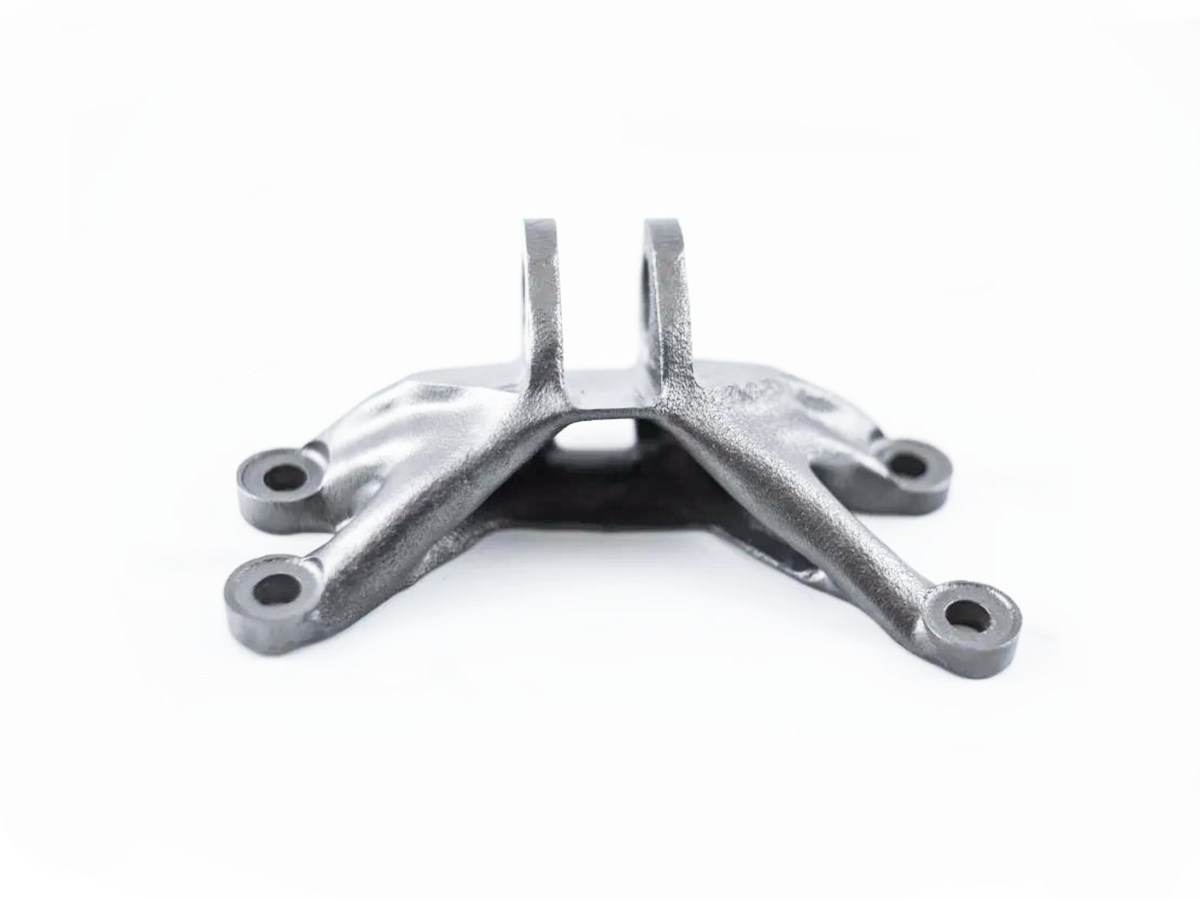What are the main differences between machining SUS304 and SUS316 stainless steel?
From a manufacturing and engineering standpoint, the selection between SUS304 and SUS316 stainless steel is a critical decision that hinges on the operating environment and performance requirements of the final component. While both are austenitic stainless steels known for their excellent formability and toughness, their key differences lie in chemical composition, which directly dictates corrosion resistance, mechanical properties, and machinability.
Chemical Composition and Corrosion Resistance
The most significant distinction is the addition of Molybdenum (Mo) in SUS316. While SUS304 is a chromium-nickel steel, SUS316 incorporates 2-3% molybdenum. This single alloying element dramatically enhances its resistance to chlorides and other aggressive chemicals. Therefore, for components in the marine and chemical processing industries, or for any stainless steel CNC machining project exposed to saltwater or acidic environments, SUS316 is the unequivocal choice to prevent pitting and crevice corrosion.
Mechanical Properties and High-Temperature Performance
Both grades offer good strength and ductility, but SUS316 generally exhibits slightly higher tensile and yield strength at elevated temperatures compared to SUS304. This makes it more suitable for applications involving sustained high temperatures, such as certain components in power generation or exhaust systems. For critical high-strength applications, Stainless Steel SUS630 (17-4PH), a precipitation-hardening grade, may be considered for its superior strength.
Machinability and Fabrication Considerations
From a machining perspective, SUS304 is generally more forgiving and offers better machinability than SUS316. The presence of molybdenum in SUS316 increases its work hardening rate and toughness, which can lead to increased tool wear, higher cutting forces, and the potential for built-up edge. This necessitates using more robust tooling, specialized geometries, and stricter control over cutting speeds and feeds. For high-volume production, this can impact cycle times and tooling costs. Processes like CNC turning and CNC milling require parameters optimized for each specific grade.
Cost and Application Summary
The alloying cost of molybdenum makes Stainless Steel SUS316 more expensive than Stainless Steel SUS304. Consequently, SUS304 remains the workhorse for general-purpose applications with mild environments, such as consumer goods, architectural hardware, and food processing equipment where corrosion resistance is needed but not extreme. SUS316 is specified where its superior corrosion resistance is a necessity, justifying its premium cost.
Post-Processing and Surface Treatments
Both grades respond well to standard surface finishes. To enhance corrosion resistance after machining, Stainless Steel Passivation Service is highly recommended to remove free iron and promote the formation of the protective chromium oxide layer. For aesthetic or functional requirements, processes like CNC Part Polishing Service or CNC Surface Brushing Treatment are equally applicable to both materials.



